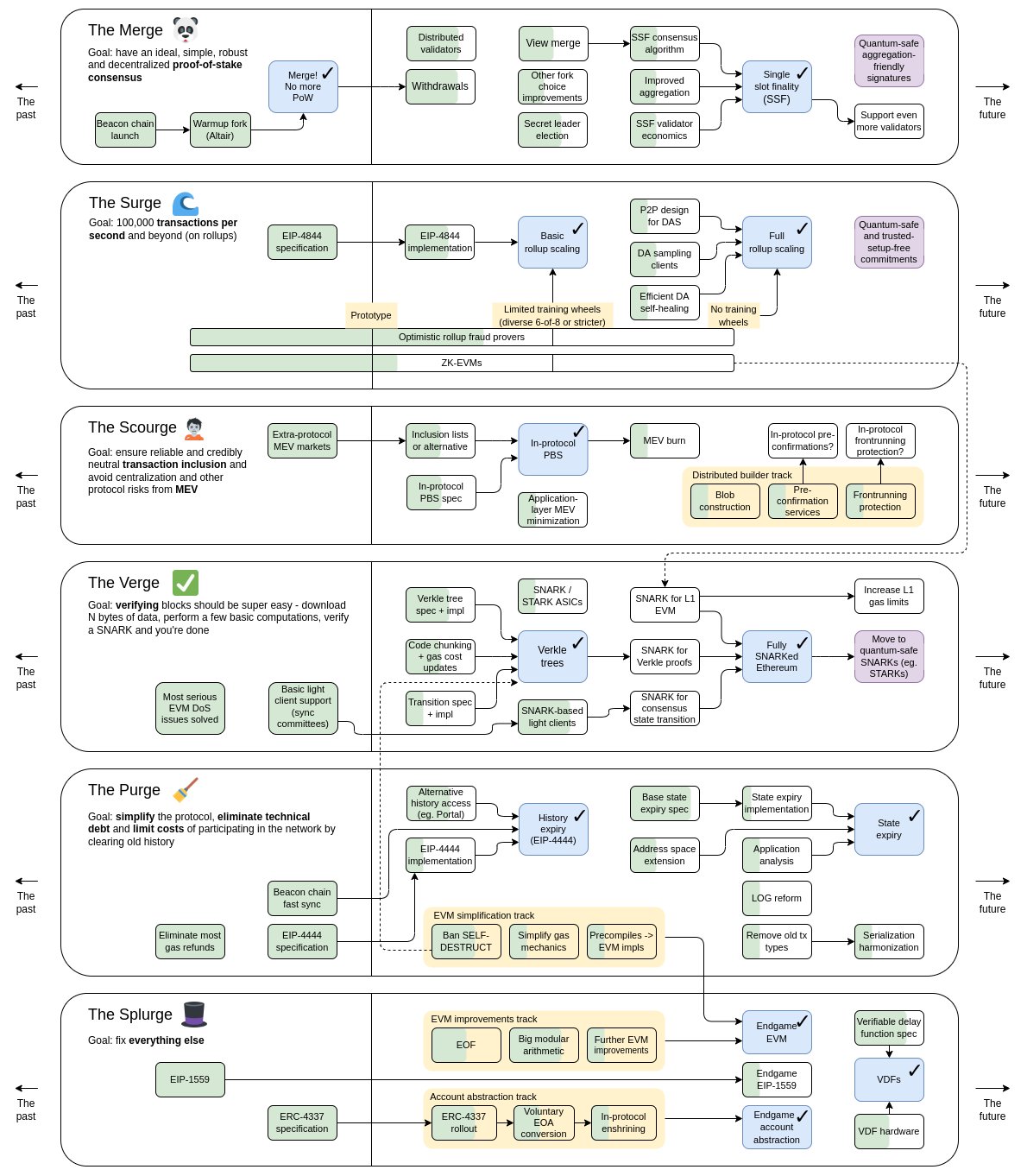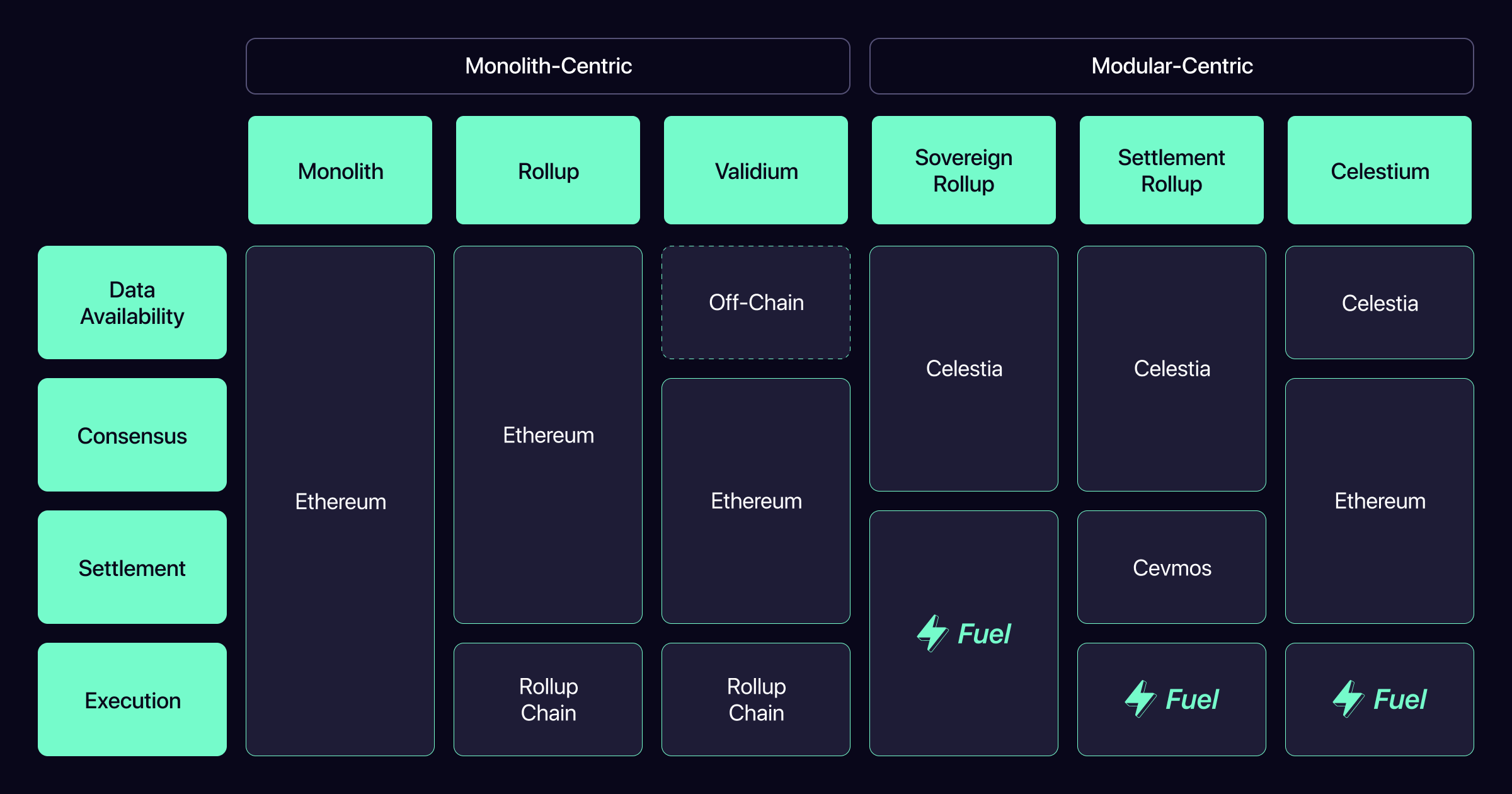Notes on Messari Thesis Report 2023
Just finished reading Messari Thesis Report 2023 last week. I was impressed with myself that I could finish reading a 150+ page report. Of course, I am more impressed by Messari CEO Ryan Selkis and his team ability of compiling this report in the last two months of 2022. There are a few points I think worth mentioning, summarized from the report.
Crypto Regulation
Regulation continue to be a big deal in crypto space, especially with crypto friendly banks such as Silvergate and Signature bank collapsed recently. I believe financial entities not governed in DAO but licensed structure will inevitably get more and more scrutinized from regulators. That's why Coinbase stock is at best doing as meh as it continuously being the focal point of SEC.
Ethereum Product Development
The development of Ethereum continues to gain momentum in 2022. After the Merge last year Sep, we are expecting the Shanghai upgrade to happen in 2023 Apr, allowing staked ETH tokens to be withdrawed from the network. The developers in the ecosystem are also working on EIP 4844, Proto-Danksharding, to build a data availability layer in Ethereum. Another effect of this feature is that rollup cost from layer 2s will be significantly reduced. I also learned that there is a broad ethereum development roadmap, published under Vitalik's tweet.

Zero Knowledge
Zero knowledge continue to occupy a seat in blockchain landscape. One of its biggest applications is in rollup. Currently there are two kind of rollups, optimistics and zero-knowledge rollup.
Optimistic rollup assume data rolled up is correct, until a valid fault proof is submitted during the challenge period. Once the challenge period has passed without a valid fault proof raised by verifiers, data is regarded as valid and finalized on layer 1. The advantage is that the implementation is easier compared to the other approach (mentioned below). The disadvantage is that users need to wait for the challenge period to pass before data is finalized. Usually the challenge period could last from a few hours (Polygon) to a few days (Arbitrum).
Zero-knowledge rollup uses validity proof instead. That means each piece of rollup data need to be accompanied with a proof to be proven valid. The verification mechanism on layer 1 (some smart contract logics) will run through the proof and check for its validity. Once the proof is shown valid, data is written on-chain. Using this approach the engineering implementation is much more complex, but the finalization time needed is much shorter, like a few blocks, thus, within a minute.
Another application of zero knowledge is in transaction privacy. Tornado Cash is actually a good use case of zero-knowledge. Unfortunately regulators hate technology that promote transaction privacy, as it facilitates money laundering. Tornado Cash has a spiritual successor called Privacy Pools.
Staking
Staking in ETH ecosystem continues to be a big deal, especially with Shanghai upgrade that allow stakers to withdraw their staked ETH. LIDO, a decentralized staking protocol, has become the Defi protocol with the highest TVL. The protocol is governed in a DAO structure with a forum, Snapshot gasless voting, and Aragon on-chain voting platform.
Modular Blockchain
This year, Ethereum has graduated from a monolithic platform to become more and more modular. Modular blockchain used to be the catchphrase in Polkadot ecosystem with blockchains built with Substrate framework. Now it also applies to Ethereum with the effort from Celestia and Fuel.

A blockchain can be viewed as functioning in four aspects, data availability layer, consensus layer, settlement layer, and execution layer. These two teams continue to strengthen their frameworks and making them could inter-operate with other frameworks, and users could mix-and-match these different frameworks together to form their own modular blockchains.
NFT
In addition to being PFP (profile picture), there are a lot happening within NFT spaces. For instance, there are more and more use cases of using NFT to represent some kind of identity, such as rns.id, memberships, or just receipts. There are also innovations going such as creating NFT with expiration, NFT with on-chain info of a collection, and NFT owning other NFTs. There is momentum and we are likely to continue seeing innovation in this domain.
